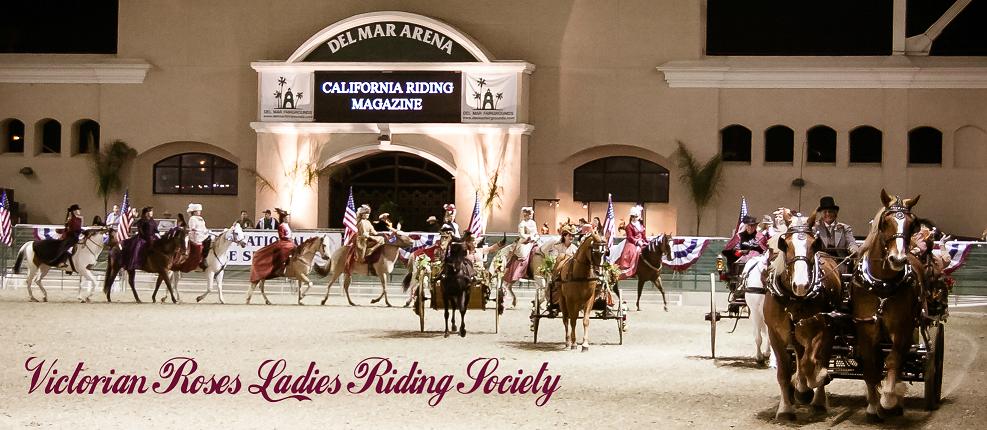 No other era in history has influenced the way we celebrate Christmas today quite as much as the Victorians. Before Queen Victoria’s reign started in 1837, no one in Britain had heard of Santa Claus, Christmas trees, Christmas crackers, or Christmas cards.
No other era in history has influenced the way we celebrate Christmas today quite as much as the Victorians. Before Queen Victoria’s reign started in 1837, no one in Britain had heard of Santa Claus, Christmas trees, Christmas crackers, or Christmas cards.Father Christmas was originally part of an old English mid winter festival. He dressed in green and he was the sign of Spring returning. St. Nicholas or Sinter Klaas became known in Britain as Santa Claus in the 1870s, and his unique gift distribution included reindeer, a red suit and a sleigh.
Christmas trees made their debut to Windsor Castle by Prince Albert. It was a custom in Germany where he was from, to bring in an evergreen tree and decorate it. The first Christmas tree was a fir tree. It was put in a big tub with sand and/or rocks - something to hold the tree upright. Servants and young ladies decorated it. Decorations included little nets cut out of colored paper. The nets were filled with sweet meats, golden apples and walnuts. They were hung hanging down, as if they were grown there. Red, white and blue candles were fastened to the boughs, and dolls that looked like real people were hung among the foliage. A tinsel star was placed on top.
 Christmas crackers were sweets wrapped in colored paper and later a love note or happy saying was added. This idea was inspired by Tom Smith, a British sweet maker when he visited Paris and saw sugared almonds sold in twists of colored paper.
Christmas crackers were sweets wrapped in colored paper and later a love note or happy saying was added. This idea was inspired by Tom Smith, a British sweet maker when he visited Paris and saw sugared almonds sold in twists of colored paper.Christmas cards originally started in 1843 when Henry Cole asked an artist to make a card for him to send out at Christmas. It was of a family sitting around a table and included a Christmas message. The first cards were expensive to print, but during the Victorian era color printing technology made it cheaper for families to give them. Children were encouraged to make their own cards as well as Queen Victoria’s children.

Before the start of the Victorian era, Christmas was hardly celebrated in Britain. Families exchanged gifts to celebrate the New Year.
The importance of celebrating Christmas as a family became more popular, gifts were given at Christmas instead. Children’s toys were generally handmade which meant they were expensive and only the rich received them. As the factories began to develop mass production, more middle class families were able to receive games, dolls, books and clock work toys. As Christmas popularity grew, the size and expense of the presents also grew. Eventually the gifts were placed under the tree versus hanging the gifts on the tree.
 In 1840, Christmas dinner
for the Queen and family included beef and a royal roasted swan or two.
By the end of the century, most people feasted on turkey for their
dinner.
In 1840, Christmas dinner
for the Queen and family included beef and a royal roasted swan or two.
By the end of the century, most people feasted on turkey for their
dinner.Queen Victoria’s influence during her reign started many of the Christmas traditions we have today.
Submitted by: Anastasia Rose

